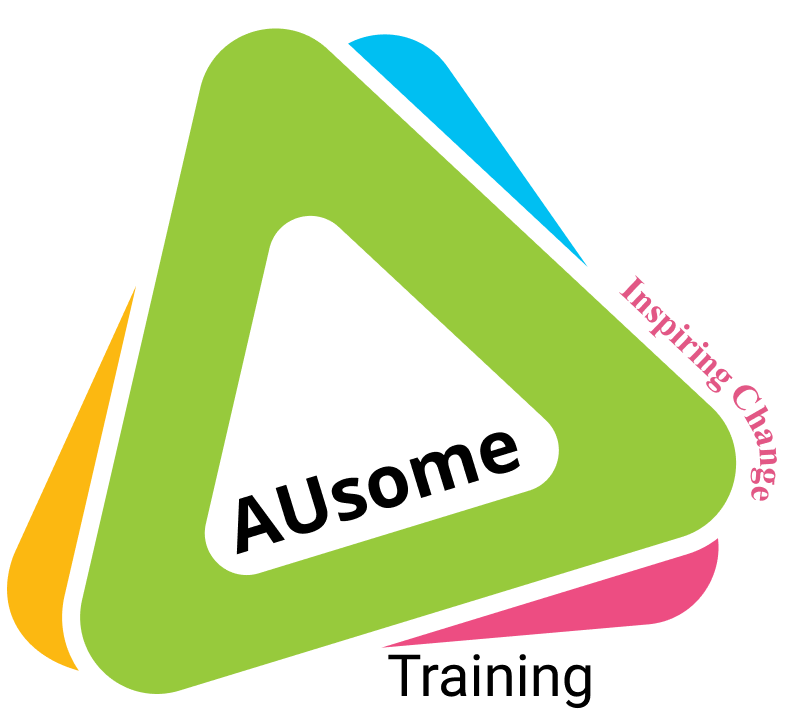“I don’t know how to hold by PDA teenager accountable, like cleaning up after themselves. I don’t know how to approach it because I know they have a lot going on in their heads, lives etc. I feel stumped.” A recent question from our course on autism and PDA. When we are communicating with someone with PDA different approaches can give us and them very different outcomes.
How do you approach basic daily requests without having a limb chewed off?
I’m going to start by again noting the idea of control, how important that is, and how making progress relies above all on the person feeling like events in their lives are at least reasonably within their control. Being in control of yourself and decisions about yourself and your actions and the things in your life is a particular kind of control – autonomy. Autonomy is a fundamental part of being human, and when you have autonomy stripped from you – or feel it has been stripped away – it is a hugely invalidating and even terrifying experience. To understand the model of the world someone with PDA experiences, we have to see a sense of autonomy at the heart of everything – what feels invalidating, what feels in control, who gets to decide what and when.
The need for control in PDA
Unless we feel like our lives are at least reasonably in our control, and that others accept us as ‘part of the club’ the things that make life liveable are simply gone. However it happened that a person got there, once in that PDA frame, those two things – a sense of control and a sense of acceptance as they are – need to be our guides in how we interact with them.
Unfortunately every individual has personal experiences and there’s no magic rule or trick. But there are broad principles we can apply when communicating with someone with PDA.
So let’s take “clean up your room” as an example and imagine some ways to approach that with a focus on the individual’s control and acceptance.
Communicating with someone with PDA: Look at it from their perspective
My first thought is “how do we know this alleged mess is a mess and not an expression of something, or far more designed than it appears? The truth is, we don’t. This seems an odd start point but I’m speaking from experience and several long discussions with people who produce ‘mess’ for two reasons. One is often linked to ADD/ADHD, particularly the inattentive type, but is found elsewhere also. It is about presence, and the problem that what is not visible is forgotten. Things are laid out, apparently in a mess, but actually because they are where they were left, and because they are present to the eyes, they cannot be forgotten. This can work both as a prompt to complete doing something or to not forget stuff, and also as a type of visual account of past events, a sort of externalised memory bank that acts as a visual aid – those jeans were last worn going to the park… with Sue, they have a strawberry ice cream stain on one leg… we had ice cream… it was very warm and sunny… a dog was splashing in the pool. And that pile of papers, that’s the important stuff so if there’s a receipt or bank statement or schedule printout it’ll be in there… and it is lopsided because I keep rummaging through it. That hat on the floor is where I left it, so if I’m looking for it, it’ll be on the floor right there… unless someone decides to “tidy” it away. Another common part of ‘mess’ is that the person struggles with crossing the motivation threshold to shift into action, and there’s a whole pile of work that’s been done around inertia, hyperfocus, transitioning and motivation that tells us a lot about how and why Autistic people tend to get stuck with this. It is in part linked to the ‘visual record’ mentioned above. Every change, every action, starts with a decision, and sequencing those, terminating other activities to do that, assessing where to put stuff away, is all work stressed and exhausted minds inevitably struggle with. Thinking about that stress and internal panic will help you when communicating with someone with PDA.
First explore the purpose and function of the mess
So… first explore the purpose and function of the mess. Is it actually useful – good reminders, comforting to have instant visual access to things you like (it may be mess but it is my mess) – or is it something they are themselves unhappy with. It may be a mixture, and separating out the unwanted from the wanted mess may be too taxing to cope with.
Next, this has to be about control, and part of ensuring a person feels in control is not stripping away what scraps of control they feel they already have. That’s partly about recognising that yes, this is their mess, but also about letting them know that you are aware dealing with it all may be too much, and when they feel the urge to make changes and do some tidying, if they need a hand, they can call on you for support. Not for instructions nor independent tidying, but solely as an extension of their will. If they want suggestions, they’ll ask, if they don’t, they won’t, and that’s how it should be.
All of this flies in the face of common sense and what we have been taught is ‘proper’ or appropriate but this is how you start to get a person to begin believing in their own capability, their right to make choices, and take ownership. We need to readjust our thinking when communicating with someone with PDA profile. As parents we often just jump in and do things or help out because little kids often just don’t have the skills or planning ability to cope independently, but that changes quickly and we tend to forget that ‘helping’ can become a hindrance, or feel demeaning. This is what we call ‘unhelpful help’ – well-intentioned assistance that turns out to not be what’s wanted after all. Asking first is a good move. Leaving people to decide when is the right time to do stuff is also good. Being there as a passive helper rather than hopping in to ‘help’ on your own initiative is good too.
Really, though, we are back where we started – each individual is just that – individual. Their wants and needs, their reasons, the things they need help with or not… it is always a case by case thing. And again we’re back to control. However it works out, it is their life (and their mess!) and we cannot force help on people, only respond when they call.
Last thought – throughout this I’ve talked about this ‘mess’ as the property of the person. This is your house and you want it tidy (and maybe to reduce the smelly sock stink) but, within limits (public health and safety from rancid socks) aside, it may be best to treat their room as just that – their room. The room, the mess, the privacy, the decisions about it all, this is for them to manage, and to control. So in so far as is feasible, do just that. Let them be master of that (stinky) domain. Because for all the mess, it is their refuge of stability in a world that, frankly, is a whirlwind of unpredictability and stress. And this understanding of the need for safety should be at the core when we are communicating with someone with a PDA profile.



